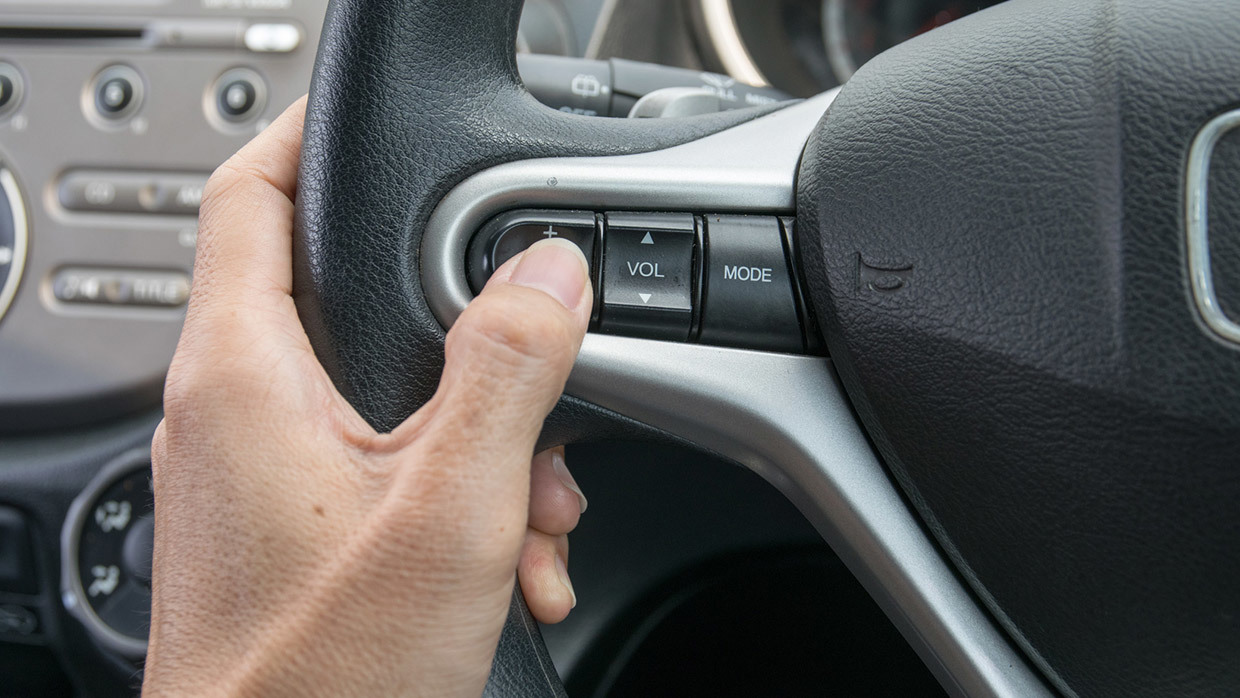Adaptive cruise control is also described as cruise control for traffic. This feature is known by various names such as Autonomous Cruise Control, Radar Cruise Control, Intelligent Cruise Control, Traffic-Aware Cruise Control, or Dynamic Radar Cruise Control, depending on the vehicle manufacturer.
Adaptive cruise control works like a regular cruise control, but it uses sensors or lasers to detect whether another vehicle is getting close to your vehicle, or vice versa. If this happens, your vehicle will adjust its speed to maintain a safe distance between your vehicle and the car in front of you.
Some vehicles’ adaptive cruise controls use radar, while some use lasers. Toyota and Dodge are among vehicles that use radar-based systems. On the other hand, laser-based systems may not work on dirty vehicles because the lasers need to be exposed to work.
Not all adaptive cruise control systems are made equal. Some are basic, while some are advanced. Likewise, the price also varies depending on the system.






 Alerts Sign-up
Alerts Sign-up